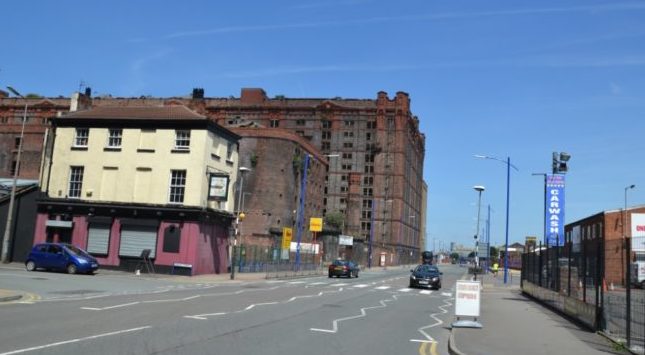Contractor Osborne is to begin widening the A565 – Great Howard Street/Derby Road – and the first phase will be at the prime city centre junction of Leeds Street and King Edward Street

Work begins this week on a £22m scheme to widen a major route into Liverpool city centre.
Contractor Osborne is to begin widening the A565 (Great Howard Street/Derby Road).
The first phase of the works will be at the prime city centre junction of Leeds Street and King Edward Street.
The work will require off-peak lane closures between 9.30am to 3.30pm and 7pm to 6am. To minimise disruption two lanes will be kept open at peak-times.
During off-peak times, the junction may be reduced to single lane running and motorists heading north and east out of the city centre from The Strand are advised to expect extended journey times and consider using alternative routes.
This part of the project is expected to be completed by the winter
At the same time, work will begin to widen Great Howard Street with one lane of the northbound carriageway heading to Bootle closed from Oil Street to Blackstone Street.
These works will take advantage of the current road closure where the Great Howard Street bridge is being replaced as part of a £10m project that will enable freight to travel to and from the new £400m Liverpool2 freight terminal.
The bridge is expected to complete in August and will see the road re-open.
The dualling works will require a permanent northbound lane restriction which will then move to the southbound side as the scheme progresses.
This element of the project is anticipated to be completed by spring 2018.
Upgrading the route, which handles traffic between Sefton and Liverpool along the northern docks, is a key element of a £100m regeneration drive in North Liverpool.
Councillor Steve Munby, Liverpool’s Cabinet Member for highways, said: “Work on making the A565 a full dual carriageway is absolutely essential to the future economic success of the city.
“Once complete it will benefit millions of journeys every year and will stimulate the renaissance in the Atlantic Corridor.”

